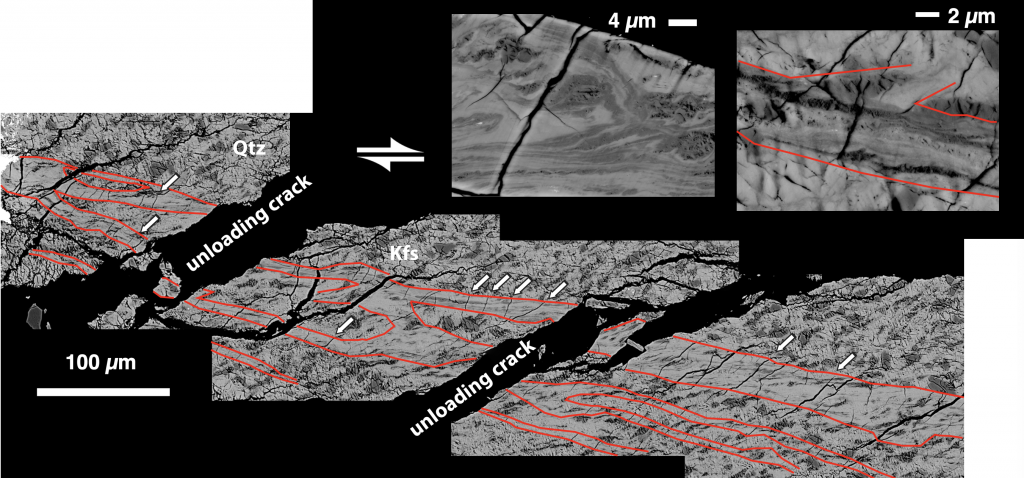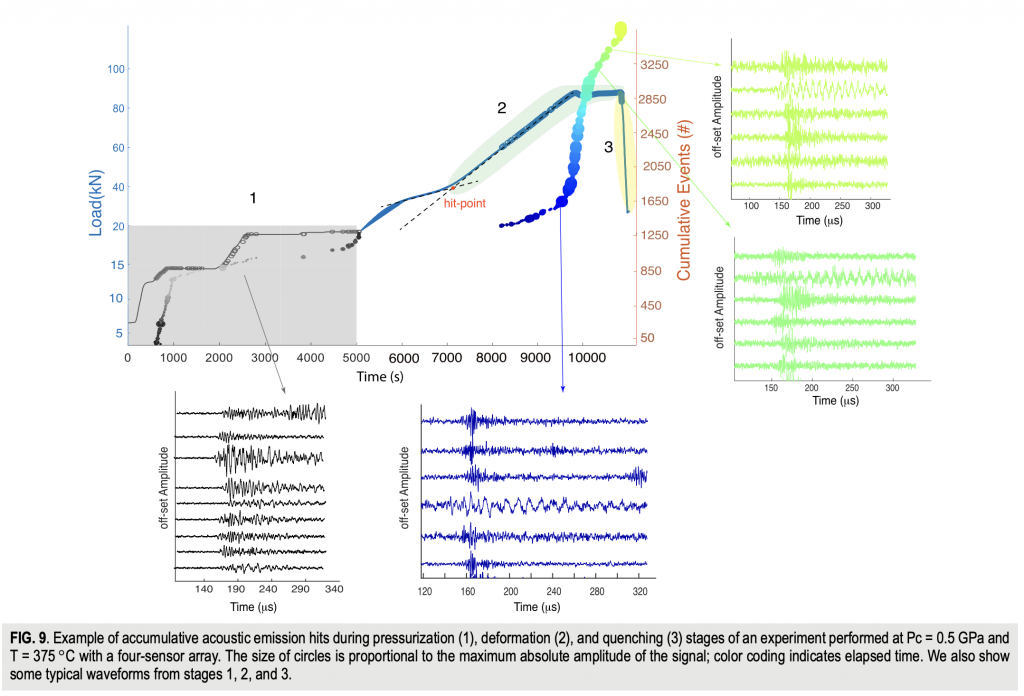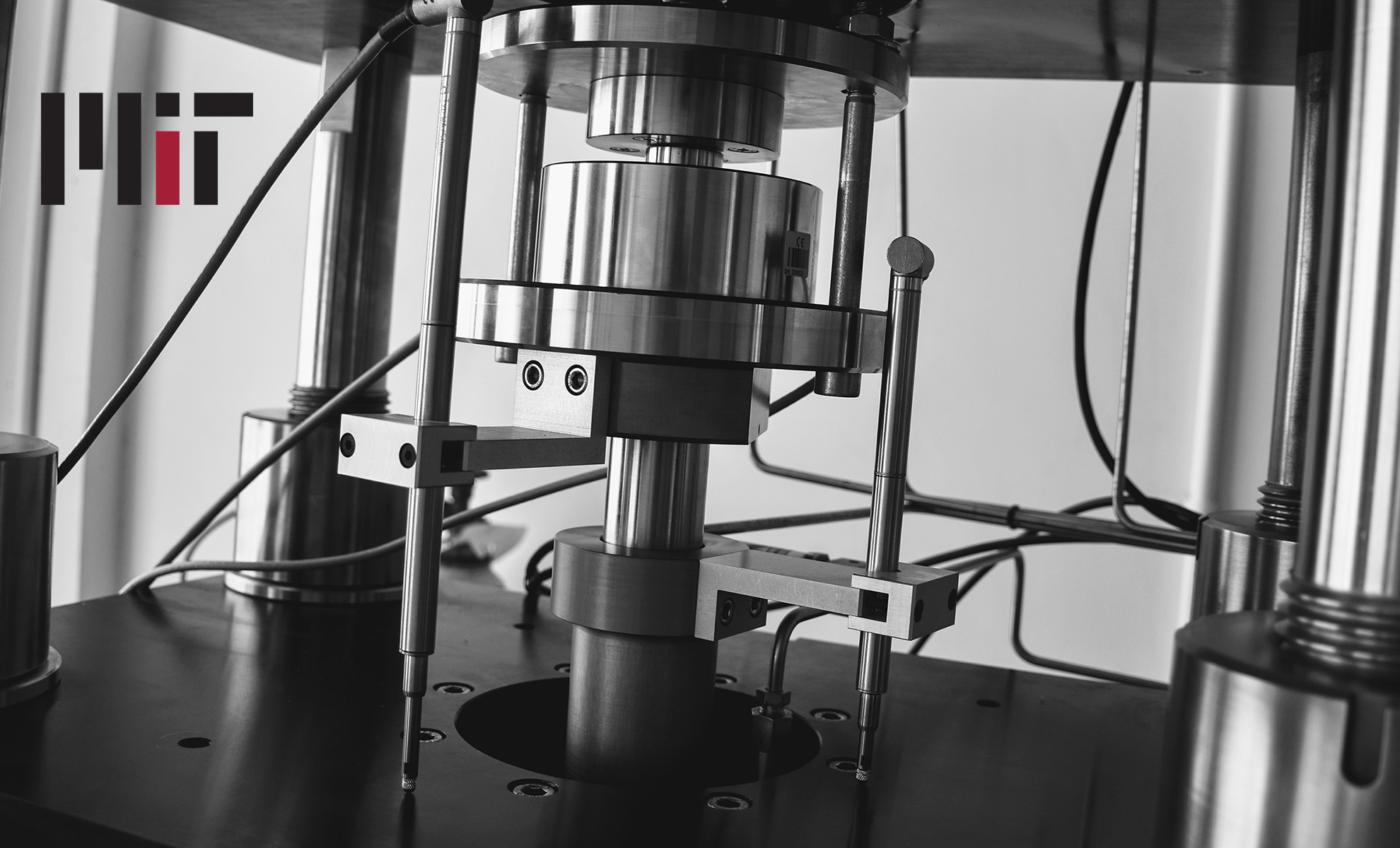When it comes to carbon storage, some MIT scientists think the best solution is to find the fastest way to turn carbon into rock.
Creep of CarbFix basalt: influence of rock–fluid interaction
“New paper from our lab lead by Tiange on “Creep of CarbFix basalts: influence of rock-fluid interaction” got recently published in Solid Earth. Our laboratory experiments were investigating the effects of fluids of varying composition on the brittle creep behavior of basalts from the CarbFix site in Iceland. The ever-increasing concentration of CO2 in the atmosphere necessitates strategies to extract the carbon from the atmosphere and safely store it over geologic timescales. Even if we stopped burning all fossil fuels today we, would surpass the desired 1.5-2˚C temperature increase by the end of century. Hence “net-negative” technologies are an important and complimentary to global decarbonization efforts. CarbFix in Iceland is a pilot project that is turning gaseous CO2 into solid rock (carbonate – i.e. limestone) since 2012 and therefore the effects of carbon mineralization on the mechanical and transport properties of the rocks need to be studied in detail.”
New paper on nanometric flow and the earthquake instability
Hongyu’s & Matej’s paper on “Nanometric flow and the earthquake instability” was just published in Nature Communications. Our laboratory experiments reveal that extremely fine-grained crystals produced during fault movement can lead to earthquake instability, offering hints at understanding a potential universal earthquake nucleation process. Read more details in a MIT News story about the article.
Funding by Scotiabank’s Net Zero Research Fund for the lab
The PecLab has received generous funding for carbon mineralization research from Scotiabank’s Net Zero Research Funds. This funding will allow us to continue our investigations on the consequences of carbon mineralization in basaltic rocks.
New paper on flow & fracture of ice
Meghana from the Glacier’s group at MIT just published a paper assessing the mechanical and microstructural evolution of sheared margins in glaciers. It was a pleasure to collaborate on the project!
New paper on calibration of piezoelectric sensors
Did you ever wonder what physical quantity corresponds to the measured mV output from a piezoelectric sensor? You will find answers to all your questions in our new paper On calibration of piezoelectric sensors using a laser Doppler vibrometer that just got published in the Journal of Acoustic Society of America.
EAPSpeaks story about the lab
Alice McBride, a MIT graduate student in scientific writing has written up a story about our lab in collaboration with Lauren Hinkel from EAPS.
Carbon mineralization and the PecLab at the Venice Biennale
New paper on the causes of brittle-to-viscous transition in crustal rocks
Our new paper on “Formation of Nanocrystalline and Amorphous Materials Causes Parallel Brittle‐viscous Flow of Crustal Rocks:Experiments on Quartz – Feldspar Aggregates” based on experiments from Saleh al Nasser’s second generals project is just published in Journal of Geophysical Research: Solid Earth. Congrats to Saleh!

Fault slip occurs over a vast range of rates and depths in nature. Earthquakes are generated by this fault motion and therefore we need to understand the mechanical properties of fault rocks. To study the mechanism or rock failure at pressures and temperatures corresponding to about 30 km depth, we deformed rocks in the laboratory and analyzed their mechanical behavior. We further studied the samples after deformation using electron microscopy to identify features that are responsible for the measured mechanical behavior. We find that failure occurs due the development of nano‐crystalline to amorphous zones that interconnect upon highest stress and cause sample weakening. Such zones represent a failure mechanism in its own right, distinct from brittle cracks developing at lower pressures and temperatures or crystal‐plastic flow at higher pressures and temperatures. The development of these zones introduces a fluid‐like behavior in small parts of the sample which results in a mixed mechanical behavior: parts of the sample are solid and break and parts of the sample are fluid and flow. This mechanical behavior and its connection to the earthquake cycle is currently only poorly understood and hence is generally not incorporated in models of fault slip
New paper on the development of ultrasound capabilities for our HP-HT deformation apparatus
Our new paper on the development of “An ultrasound probe array for a high-pressure, high-temperature solid medium apparatus” was just published in Review of Scientific Instruments. Hamed has been working on this project very hard and it is great to see the results published! We managed to integrate several piezoelectric sensors along the loading axis in our deformation apparatus. These sensors allow us to record fast, transient deformation episodes known as “acoustic emissions” or AEs. AEs are seen as laboratory analogs to earthquakes occurring in nature. With this new measurement capability we hope to gain further insights into the processes that generate earthquakes especially at elevated pressures and temperatures prevalent at the base of the seismogenic layer.

